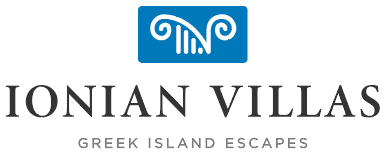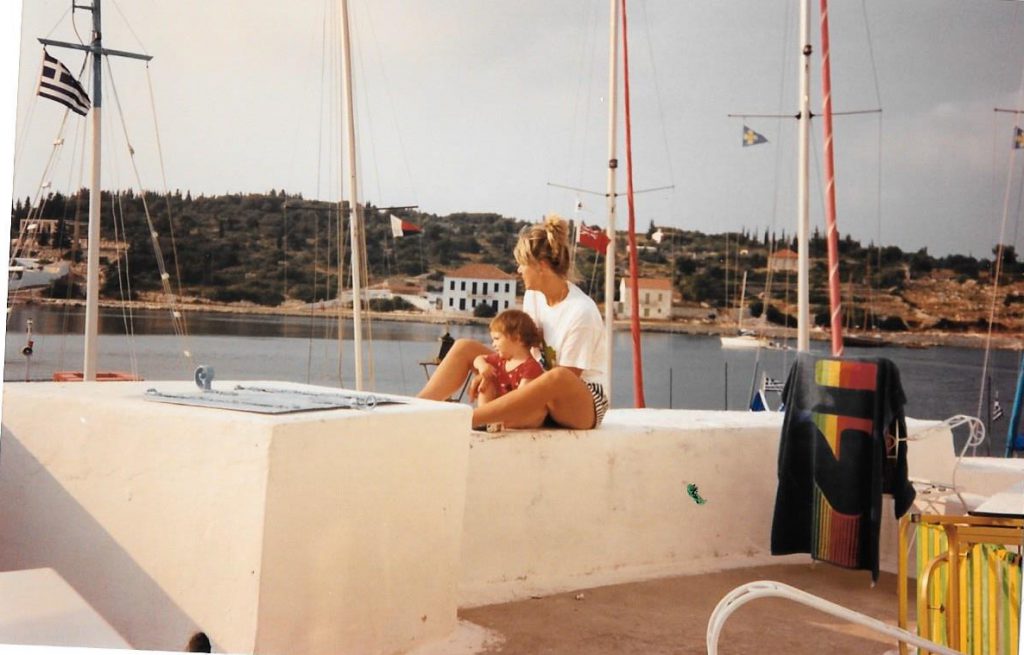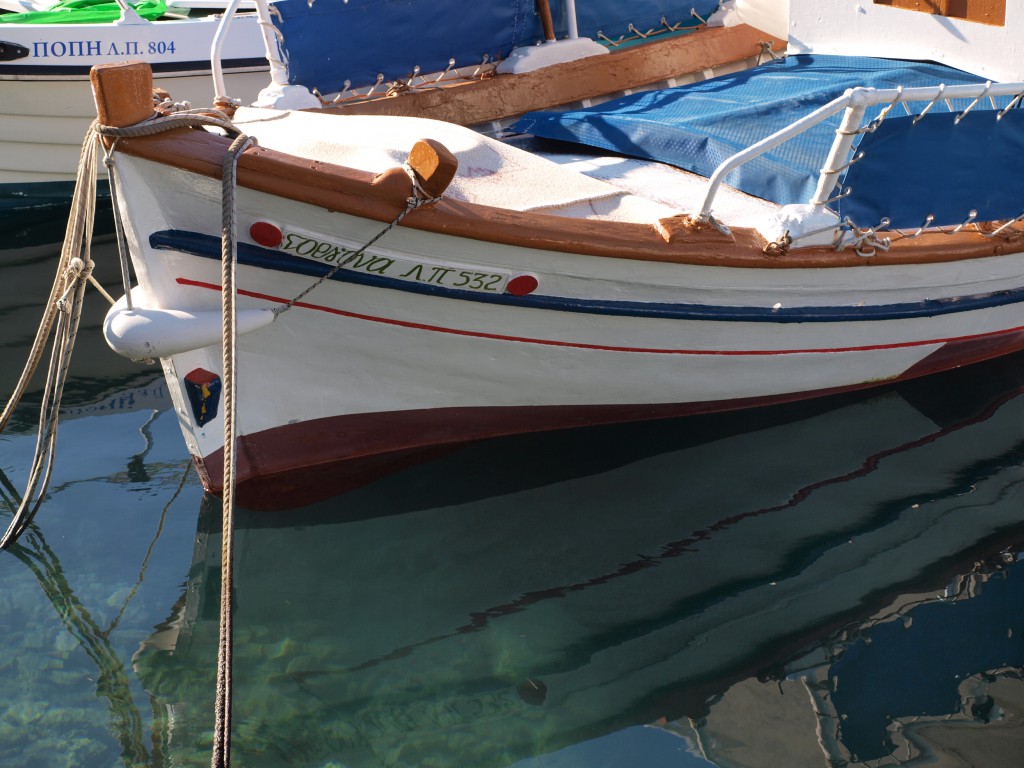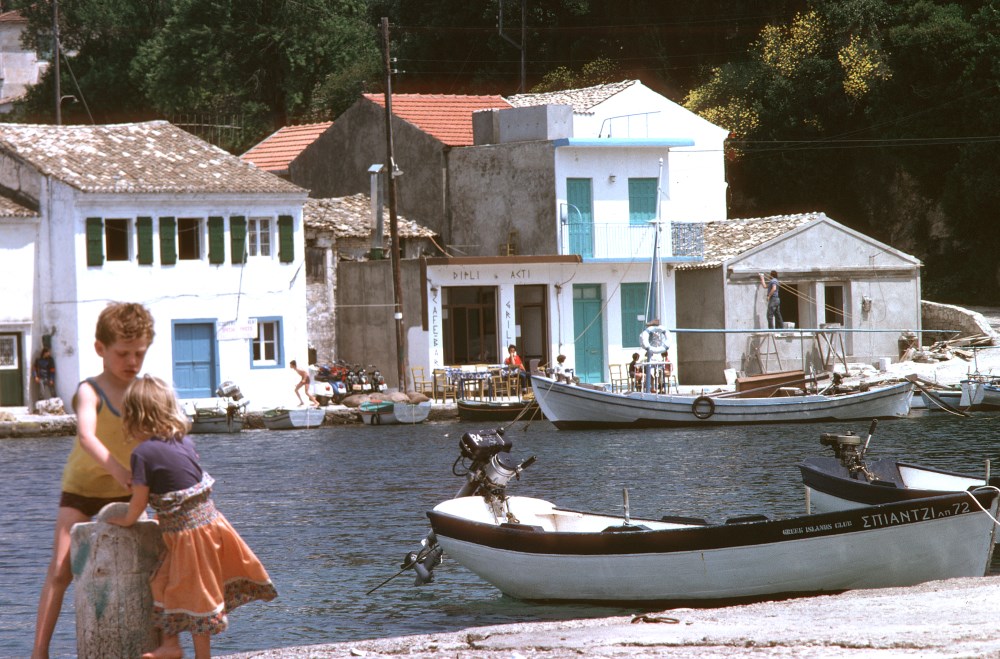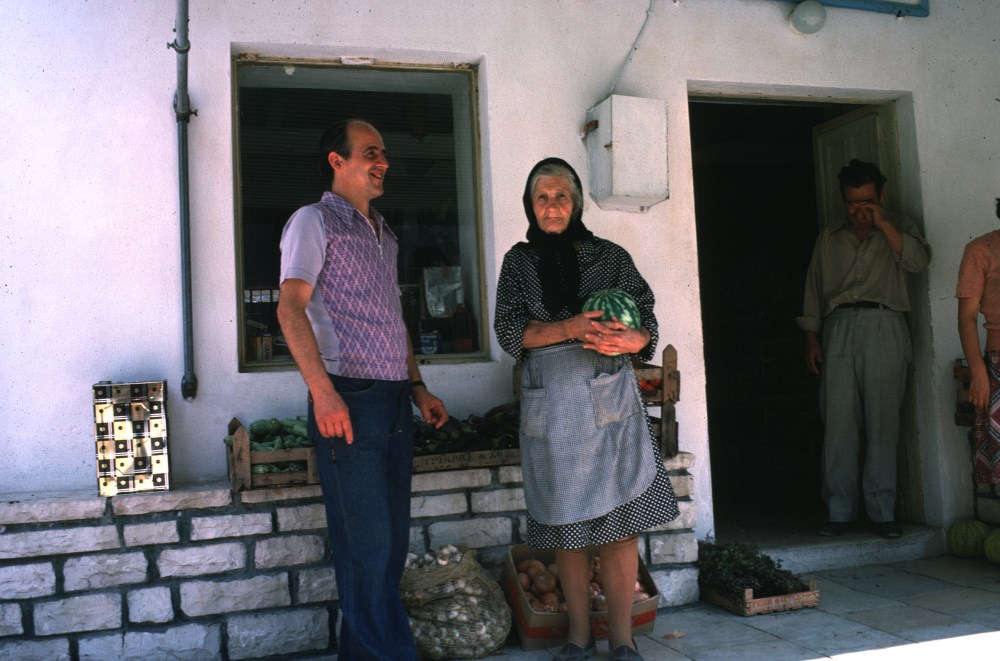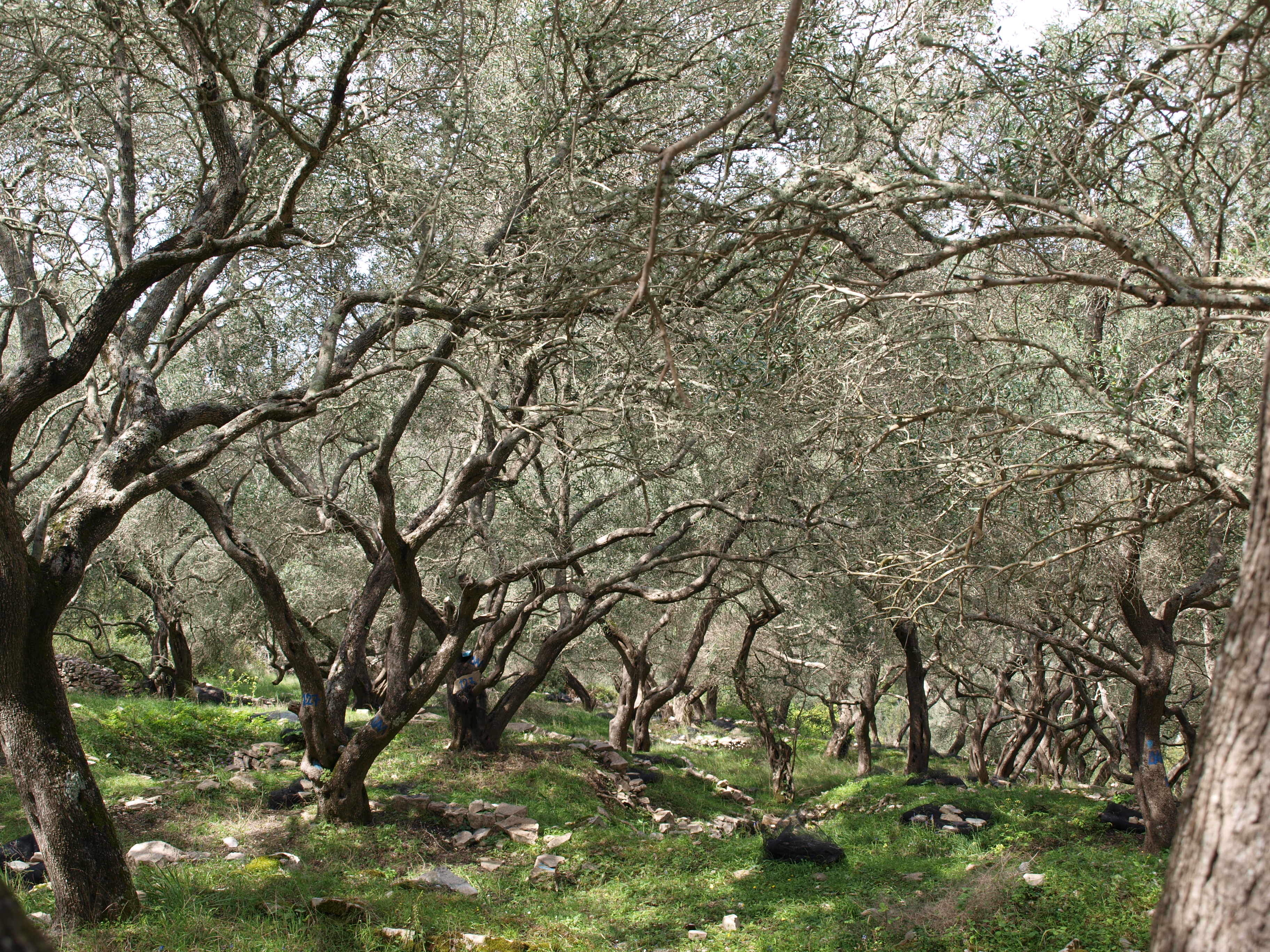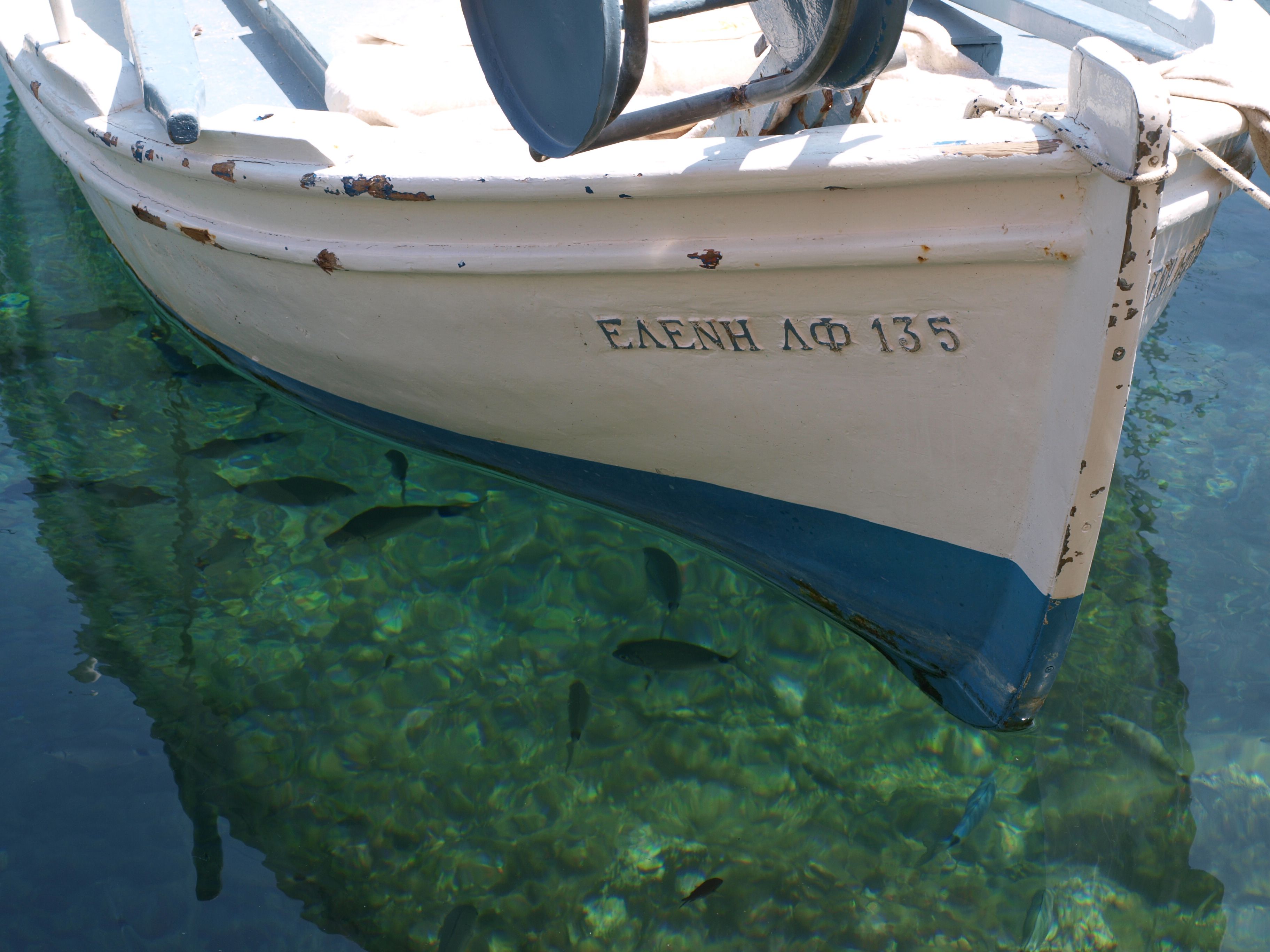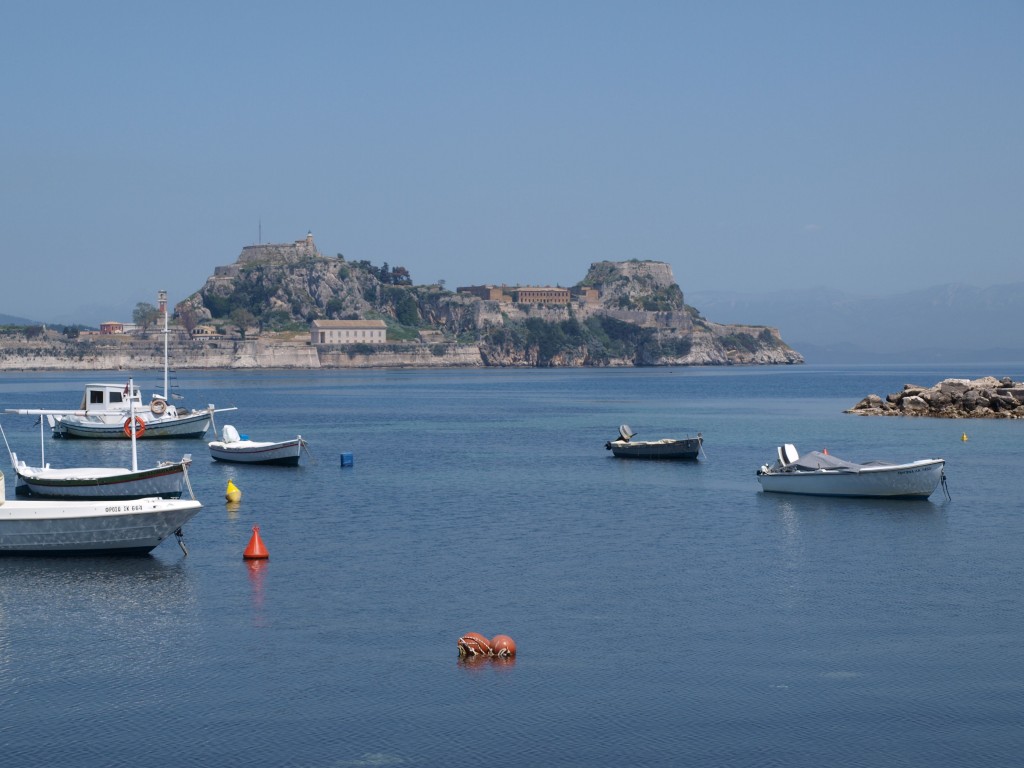Ionian Villas is coming up to its 5th birthday. With a big thank you to our guests over these 5 years, our Ionian programme has grown to feature over 200 properties. We continue to visit all the properties each year. Our new properties for 2017 are: 1-bedroom properties: Olitsi Apartment on Paxos; Lydia on Kefalonia; Fassoulou’s on…
Author: admin
Fiscardo Before the Sun Umbrella Invasion
Fiscardo is undoubtedly one of the most colourful and prettiest ports in the Ionian. In 1953 an earthquake destroyed all Kefalonia buildings except those in Fiscardo and a few outlying villages. In my early Greek Islands Club days we took on a small programme of village houses for those visitors wanting to spend lazy days…
New Year Newsletter 2015
Escape to the Ionian Another year goes by and despite the unrest in different parts of the world, now is a good time to make plans for one or more escapes in 2016. Our finger on the pulse of holiday bookings to the Greek islands tells us that the larger villas in August are being…
Greece to Continue to rely on Tourism In or Out of the EU
Whether Greece stays in the Euro and/or the European Community or not, she will continue to depend on tourism as one of her most important income opportunities. Thousands of visitors each year to the smaller Greek islands have a serious impact on local infrastructures. Over time these islands will inevitably lose part of their culture, traditions,…
Newsletter for 2015
Ionian Villas is 3 years old. We have so far booked Ionian island properties for just over 1,500 people and we are now arranging villa holidays for their friends and friends of friends. We wish you a Healthy & Happy New Year and hope to see you again sometime. We have added some new properties…
The New Loggos Bakery
This photo of Paxos was taken in the mid 1970’s (I think) – you will notice: Loukas’ new bakery shop being completed. The bread oven is still behind the village church. Next door is the Dipli Akti cafenion – now the Roxy Bar. In those days all the waterfront tables and chairs wobbled on uneven…
Paxos in the 1970’s
Photo – Tzekos Supermarket 1970’s My father first came to the little island of Paxos in the early 1960’s – sailing around the Ionian islands with my mother and two friends. They only spent a few days on the island but my father was taken with the friendliness of the islanders, the simple lifestyle (no…
Olive Pruning on the Ionian Islands
Have you ever wondered why some olive trees are regularly pruned whilst others are not. There appears to be a different culture of olive cultivation from island to island, region to region and country to country. Does the pruning affect the quality of oil? Stanley Stewart wrote in Times Live the following piece about Paxos…
How to catch your own Whitebait in the Ionian
1. Book a holiday with Ionian Villas to stay on an uncrowded Ionian island. 2. Buy a medium-sized round Tupperware bowl (lid not needed) & a piece of cloth/muslin and some string. 3. Order chicken for dinner at one of the waterfront tavernas. Take the chicken bones home with you. 4. Put chicken bones in…
A taste of the Ionian islands
I was once managing director of Greek Islands Club. When we had offices in Old Isleworth it meant a 2 hour drive from home in West Sussex and then a 2 hour drive back home. The M25 was my companion and pacemaker. I now look after Ionian Villas from our home in a little Dorset…
